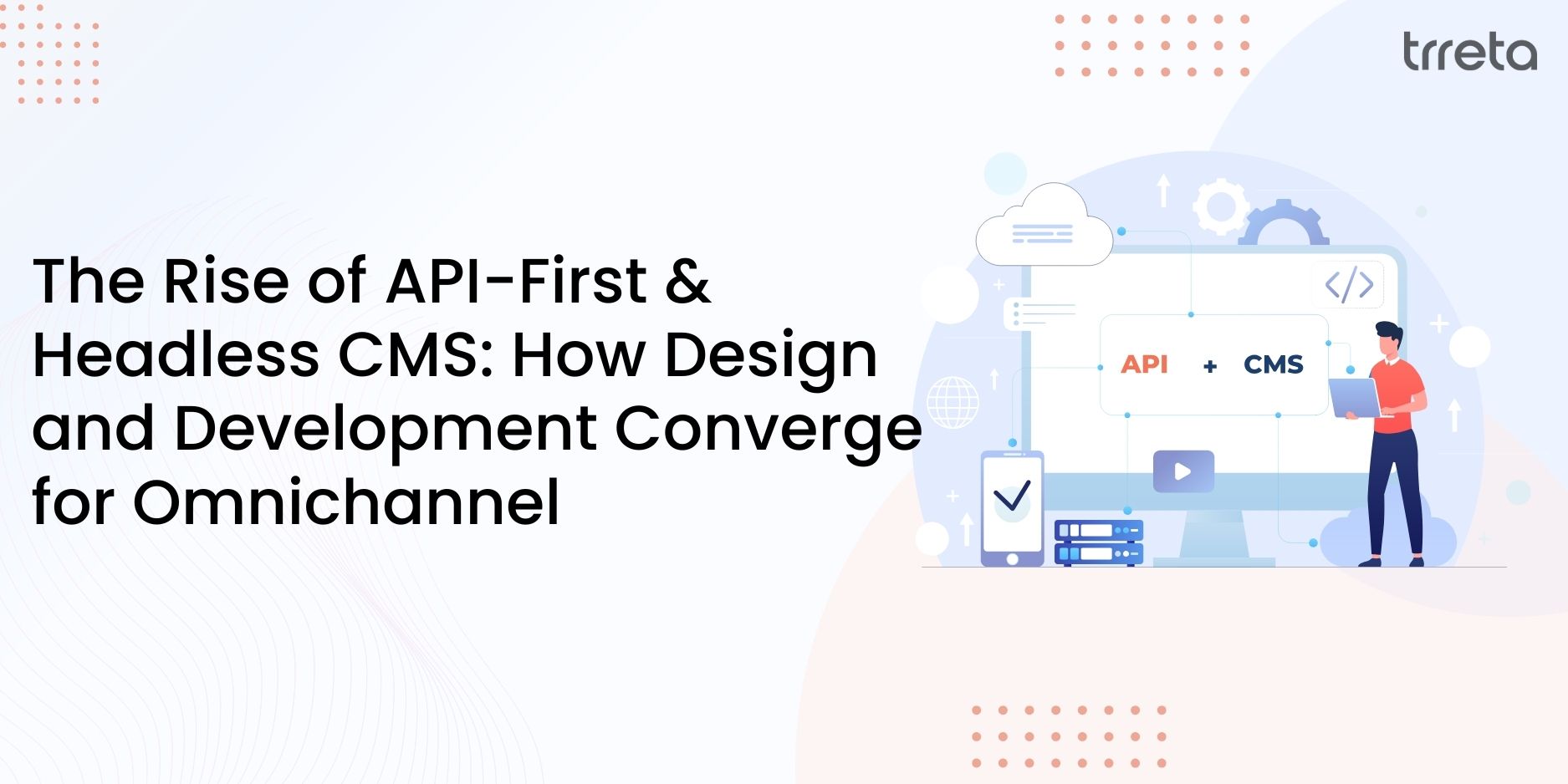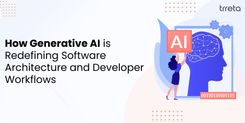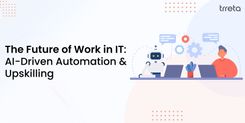In the last few years, one thing has become obvious — users don’t care where they interact with your brand. Whether it’s a website, a smartwatch, a kiosk, or a voice assistant, they expect the same seamless experience everywhere.
For design and development teams, that expectation has changed everything about how digital products are built.
That’s where API-first and headless CMS architectures come in — not just as trendy buzzwords, but as frameworks that redefine how we create, scale, and deliver content across every channel.
From Monolithic to Modular: A Shift in Thinking
Traditional CMS platforms like WordPress or Drupal were built as single stacks — the front end and back end tied together in one system. It worked fine when the web was simple, but it left little room for flexibility.
Designers were boxed in by templates. Developers had to wrestle with dependencies. And expanding to new platforms meant tearing the whole system apart.
Headless CMS flipped that model. By separating the front end (what users see) from the back end (where content lives), it turned content into a service — something that could be managed once and delivered anywhere through APIs.
This modular setup gives teams the power to deliver consistent experiences across websites, mobile apps, wearables, IoT devices, and even AR or VR environments — all from one content source.
API-First: Building for Integration, Not Isolation
The API-first philosophy goes beyond simply using APIs. It’s about designing them first — treating them as the foundation, not an afterthought.
In old workflows, APIs were built later to connect systems that weren’t meant to talk to each other. In an API-first world, they are the system’s language — the central nervous system that connects everything.
This shift allows developers to:
- Build once, use everywhere: A single API can serve multiple devices and platforms.
- Work in parallel: Front-end and back-end teams don’t have to wait for each other.
- Scale faster: Adding a new interface doesn’t mean rebuilding the core product.
For designers, API-first unlocks freedom. They’re no longer tied to rigid CMS templates. They can focus on experience, flow, and emotion — knowing the content behind it will adapt effortlessly.
Headless CMS: Empowering Content Agility
At the center of this ecosystem is the Headless CMS — platforms like Strapi, Contentful, or Sanity that separate content management from presentation.
Think of it as the central brain of your digital presence:
- Content is stored in one place and accessed via APIs.
- Any front end — React, Vue, Angular, you name it — can fetch and display it dynamically.
- Teams can redesign, relaunch, or localize without disrupting the backend.
For marketing and content teams, this means instant updates across channels. For developers, fewer deployments and cleaner codebases. Everyone wins.
Omnichannel Experiences: The Real Goal
At its core, this shift isn’t about technology — it’s about user behavior.
Today’s digital consumers don’t follow a linear journey. They might start exploring on their phone, continue on a laptop, and finish the purchase on a voice assistant. The experience needs to stay consistent at every step.
API-first and headless architectures make that possible:
- Unified content and branding across every touchpoint.
- Personalization driven by shared data models.
- Localized experiences without duplicating content.
This convergence is breaking down silos. Designers, developers, and content teams now collaborate around shared APIs and systems. The result: a connected experience that feels natural and familiar, no matter where users interact.
Where Design Meets Development
In the API-first world, design and development don’t happen in sequence anymore — they happen side by side.
Here’s how that collaboration looks in action:
- Design systems plug directly into APIs, making components reusable across multiple projects.
- Developers use design tokens to ensure visual precision across devices.
- Tools like Figma and Framer now pull live content from APIs, letting designers test with real data.
This alignment creates teams that think in systems, not screens — where every visual detail and line of code works toward one cohesive experience.
Challenges and the Road Ahead
Of course, this flexibility comes with challenges. Managing multiple APIs can get messy. Non-technical teams often need training to navigate new CMS interfaces. And without proper governance, content consistency can drift.
But as integration tools evolve and orchestration platforms mature, these hurdles are getting easier to handle.
The future points to composable digital ecosystems — where every part (content, analytics, personalization, commerce) is API-connected, independently scalable, and infinitely adaptable.
Conclusion: Designing for Everywhere
The digital world isn’t defined by websites or apps anymore — it’s defined by experiences that move across devices and contexts.
The API-first and headless CMS approach allows organizations to meet users wherever they are while giving teams the flexibility to innovate faster and build smarter.
What this really means is simple:
Content, design, and code are finally speaking the same language. And that language is built for the future.




